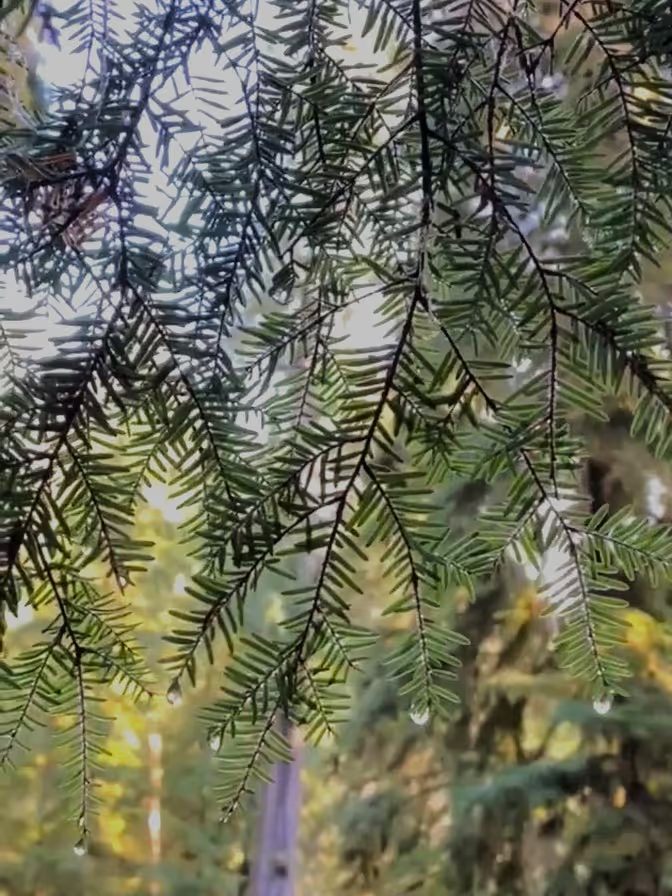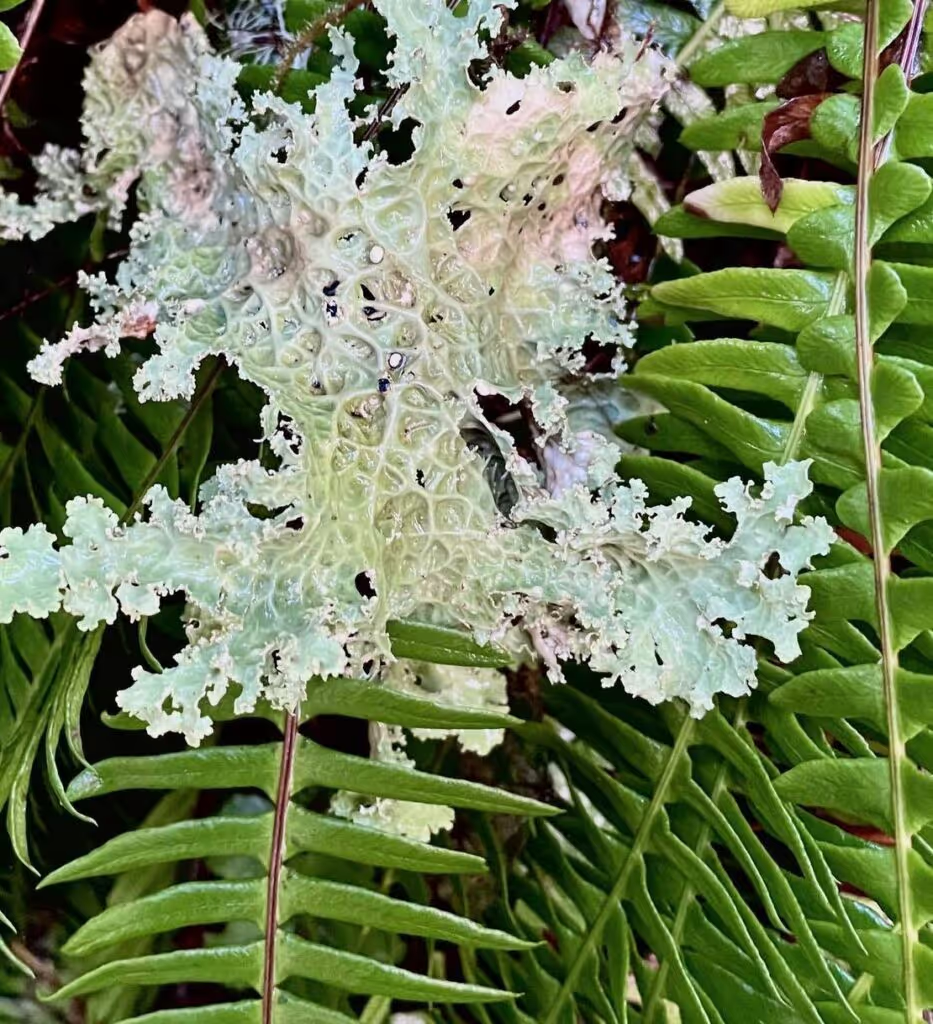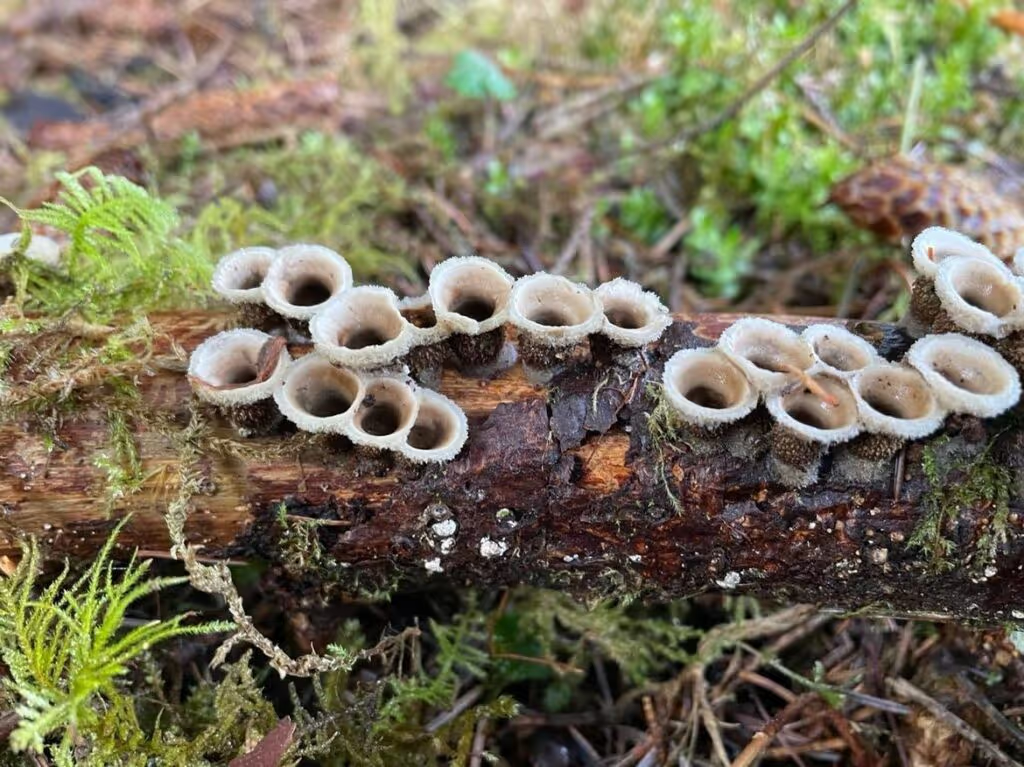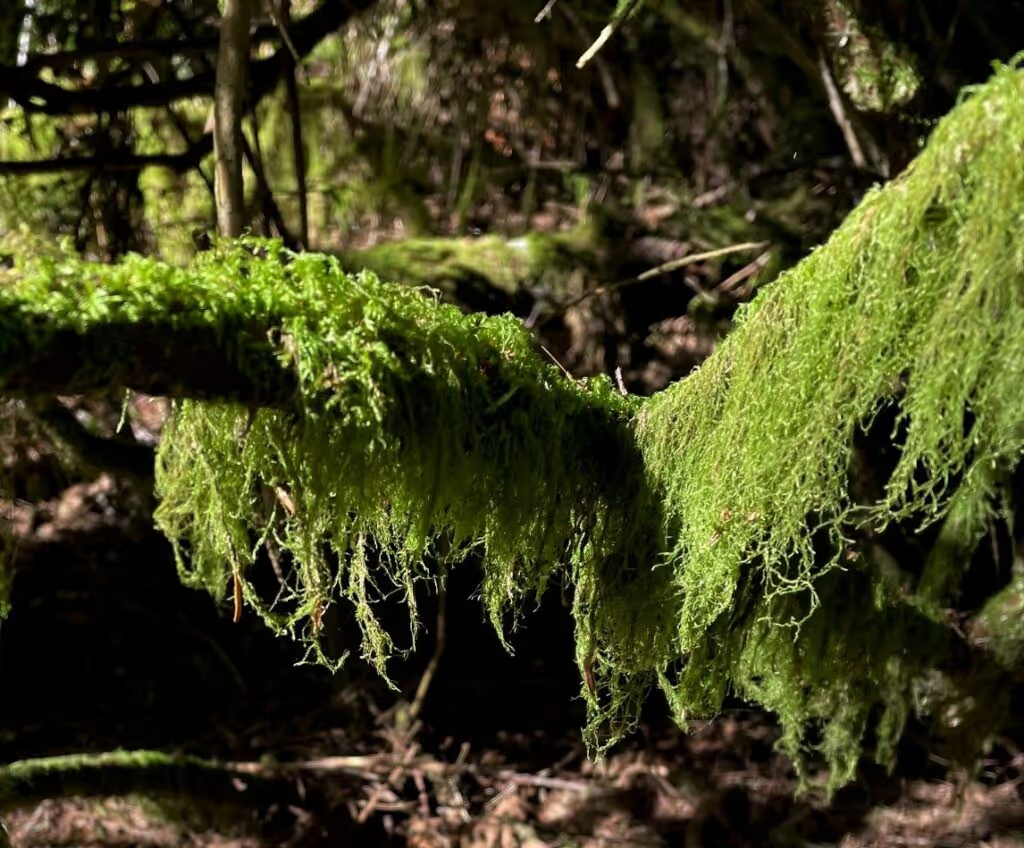Watershed Forests


When we think of watersheds we often think of rivers. Rivers are connected to lakes, reservoirs, wetlands, and ponds, fed by springs, and subsequently flow into the sea, but these freshwater and marine connections are only part of the story. The land is also important, and along Washington’s Pacific coast, forests are a dominant landscape feature. Retention and release of water in a watershed is driven by these landscape features, ultimately affecting river flow and function, our highly valued fisheries, and biodiversity.
Have you ever been in the forest after a heavy rain? Long after the rain ceases, drops continue to fall for minutes, even hours. The soil remains moist even longer. Compare this to walking through a meadow or grassland after the rain. Grasses and forbs may glisten with droplets, but quickly dry out in the wind and sun, followed by the soil.
As rain falls on rainforests and coastal forests, the water is held by the plants, fungi, and lichen for slow release over time. Broad-leaved trees retain rain in the canopies from spring through autumn, but not during winter when deciduous species lose their leaves. Conifers such as Douglas fir, Sitka spruce, and western hemlock retain rain all year long. Eventually, the rain does trickle down to the undergrowth, where different species catch the water in different ways. Thus, the biodiversity and community composition of forests determine the length of time water is retained before moving on to rivers.

Mosses directly absorb water through osmosis. Their structure maximizes the collection of water. Masses of stems with small leaves attach to substrates such as trees, rocks, or soil by small rhizomes. This complex structure increases surface area for water retention, absorption, and subsequent release of excess water. Some lichens also have a structure that allows for retention and absorption of rainwater.

Lichens are formed by a symbiotic relationship between algae and fungi. Beard lichens are common in the forests of Washington’s Pacific coast. These fruticose lichens have a shrub-like structure that, like mosses, increases surface area for the direct absorption of water. Even foliose lichens have increased surface area due to their intricate, curved shapes, increasing the retention of water on their surface.

The flowering part of fungi, known as mushrooms or toadstools, may retain water through capillary action to their gills. Some have shapes that are conducive to retaining water, but the most important role of fungi in forest water retention is the underground network of mycelium that may bind soil. A type of fungus, mycorrhizae, increases uptake of water and nutrients for many plants.

Observe a giant horsetail the next time you are hiking in a coastal forest after a rain, perhaps along a stream or near a waterfall. Water accumulates in the intersection between the thin, modified leaves and main stem. Most ferns have intricate leaves with more surface area to retain rainwater. However, as a vascular plant, horsetails and ferns get water through their roots, so the water that falls on their leaves eventually falls to the ground. Water falling on broad leaf understory plants stays for a far shorter period of time. Evergreen broad-leaved plants retain water on their leaves all year long while deciduous plants only retain rainwater during spring through autumn. Flowers also play a role in water retention in forests. Droplets are captured between petals and are evident long after rain has ceased.
Some rain retained on leaves, stems, and flowers evaporates, but in rainforests and coastal forests, much of the rain eventually reaches the soil where thickly laced network of roots retains the water even longer in two ways. First, the roots physically hold the water in place. Second, the roots take up the water for vascular plants. After rainwater is cycled through the forest, it flows above or below ground into the river.

A river flowing through forests receives less sediments and nutrients due to the cycling and water retention time than does a river flowing through open meadows or grasslands. And forests retain much more water than farms, ranches, and urban areas. In fact, some research shows that urban forests such as those in parks and wetland mitigation sites (such as the Weatherwax Trail in Ocean Shores, Washington) have great potential for storing water, to mitigate both high and low flow periods seen during flooding and drought. Some studies in Europe and North America have gone as far as quantifying retention times of water in forests to help natural resource managers plan ahead for the impacts from climate change.
Forest ecosystem structure and biodiversity directly affect river flows, nutrients and food sources from leaves and other inputs, and light filtration. So, the next time you are walking through one of our beautiful forests along Washington’s Pacific coast, remember that you are walking through an important part of a watershed that connects you and the forest to drinking water, fisheries, and the sea!
References
European Environment Agency. 2015. Water-retention potential of Europe's forests: A European overview to support natural water-retention measures. EEA Technical report No 13/2015. https://www.eea.europa.eu/publications/water-retention-potential-of-forests/file. (Last accessed, 6 February 2023)
Kuehler, E. J. Hathaway, and A.Tirpak. 2016. Quantifying the benefits of urban forest systems as a component of the green infrastructure stormwater treatment network. Ecohydrology.10:e1813. https://doi.org/10.1002/eco.1813
USFS. 2023. Lichen Biology. https://www.fs.usda.gov/wildflowers/beauty/lichens/biology.shtml (Last accessed, 6 February 2023).
© Barbara Hayford, February 2023
Touch whale bones, examine shipwreck artifacts and connect with the coast's living history.

Support our mission, get involved in educational programs, or contribute through donations and volunteering.